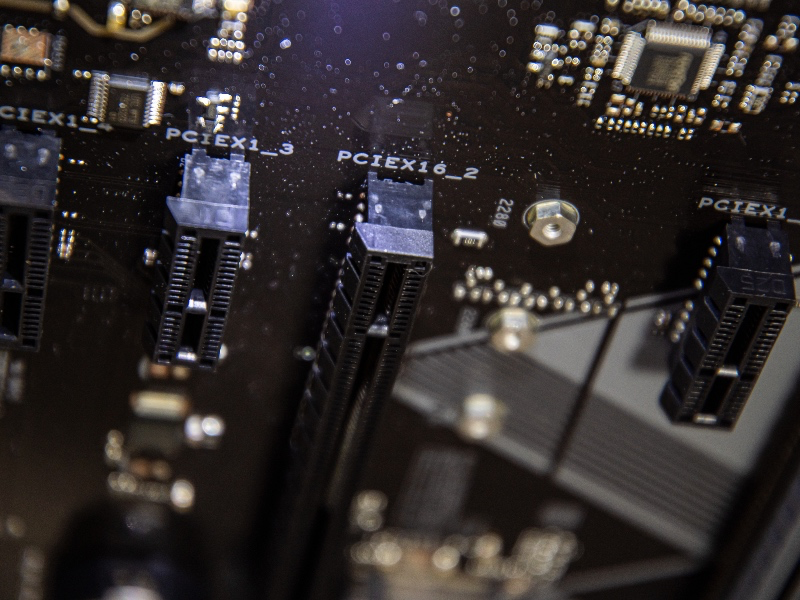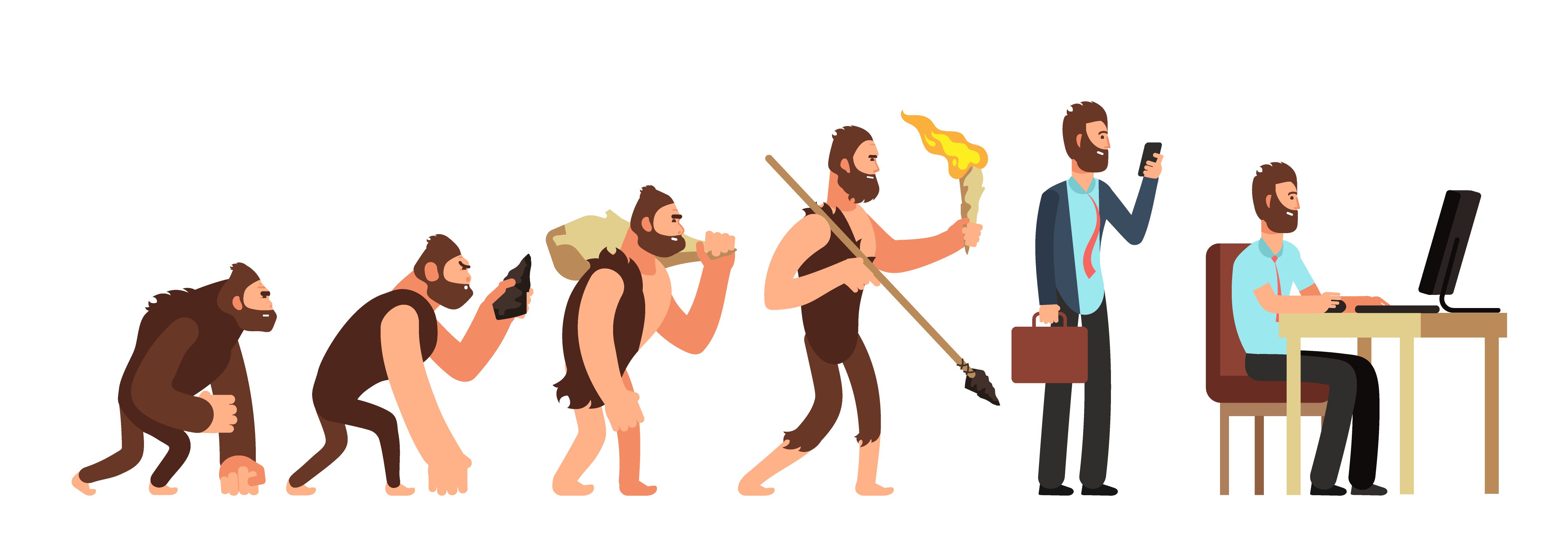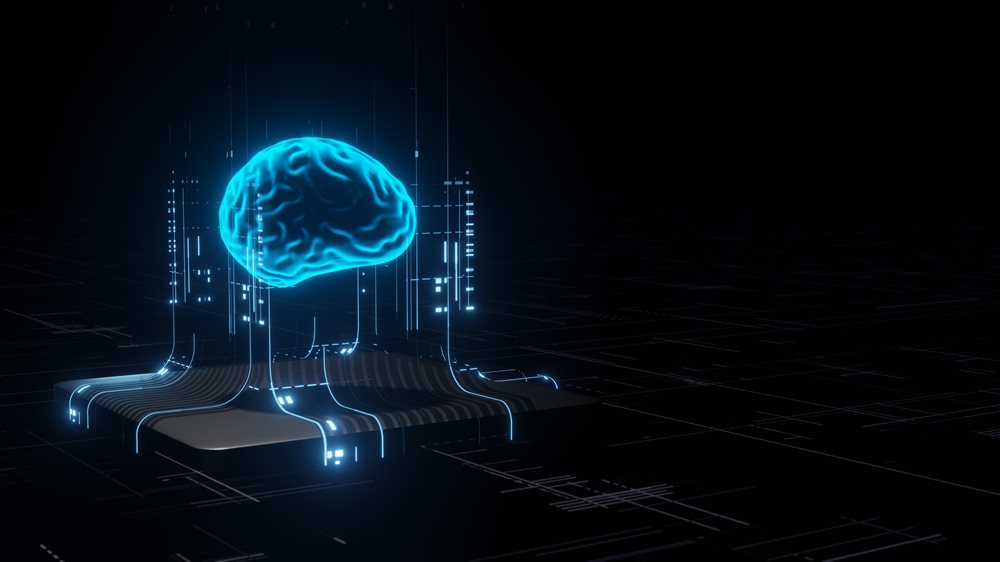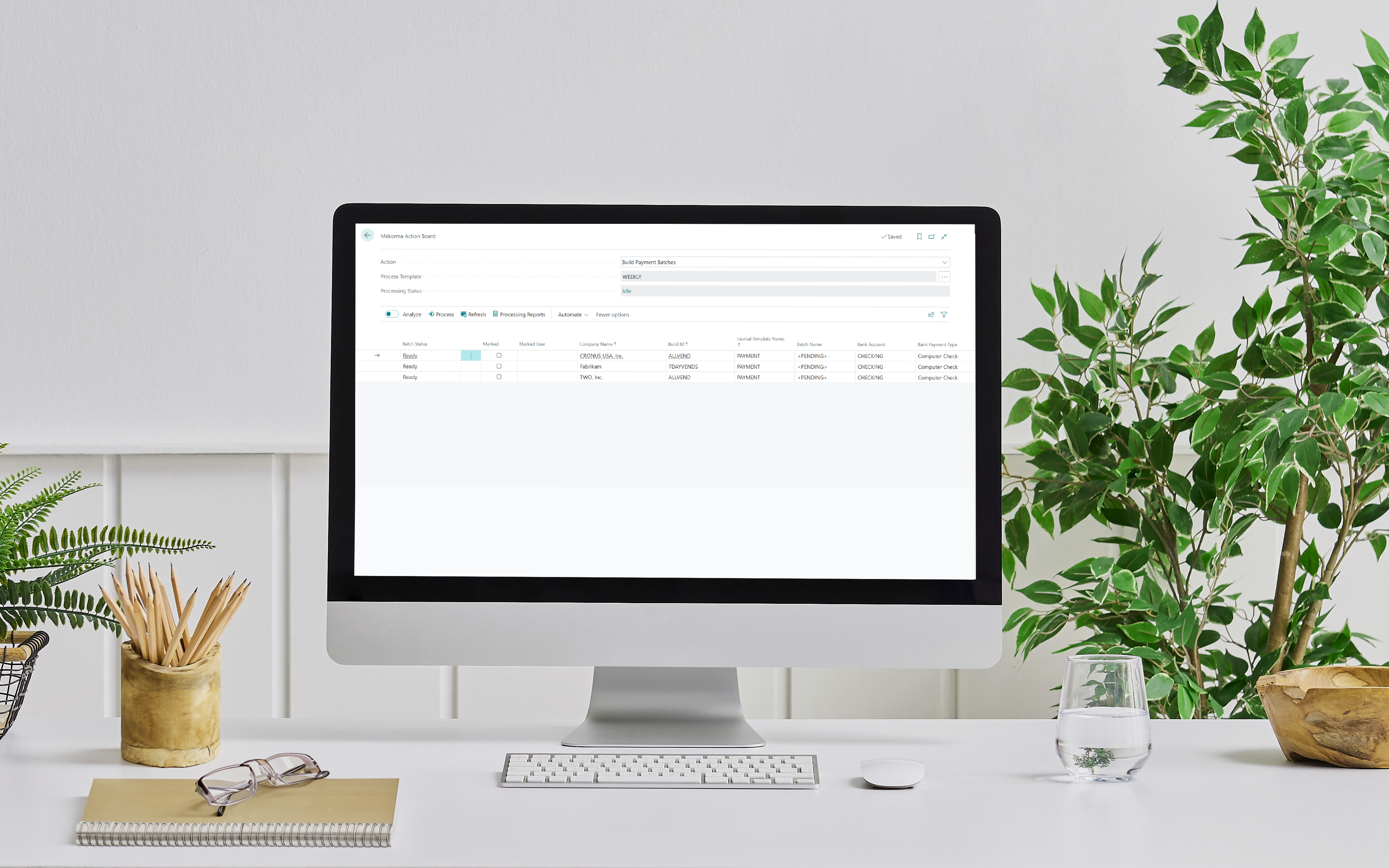Mekorma Blog
Get the latest information on your AP software, best practices and industry news
How Modern Technologies Can Extend the Life of Your Legacy System

Many business leaders today find themselves at a crossroads: do we transition to new, modern solutions or continue to rely on legacy systems to run our business?
The first option means taking the leap to research, select, test, train, and implement entirely new products – whether it be an ERP accounting system, or any other business computing platform. There are benefits to modernizing in this way: new solutions are built from the ground up for the cloud, with sophisticated Application Programming Interfaces (APIs) that allow for distributed operations, multi-platform integrations, and up-to-the-minute maintenance usually conducted by the platform vendors.
However, choosing to extend the life of your legacy systems can make more sense financially and operationally. You will not need to invest as much in training and readiness, and disruptions can be avoided. Legacy systems can be extended through technologies like Robotic Process Automation (RPA), Artificial Intelligence (AI) and Machine Learning (ML); or by adapting low-code/no-code platforms that make data available through mobile devices.
In this blog, we will explore the benefits of taking this second path.
What Is a Legacy System?
A legacy system is a computing system or an application program that organizations use to carry out fundamental business processes, even though it may be considered obsolete technology or no longer serviceable by the original manufacturer.
Certain legacy systems may be monolithic or hard to modify, but that is not always the case. In fact, businesses want to hang on to them because they are reliable and familiar. Leaders resist replacement despite more modern options.
Two primary reasons companies continue to use legacy systems:
-
Competitive advantage: the system may offer a competitive advantage over any modern equivalent.
-
Cost: Replacing a legacy product can carry significant financial costs. It’s also true that most legacy systems have been fully depreciated and fully capitalized (or expensed) over the life of the system.
Examples of Legacy Systems
Government agencies and financial institutions are notorious for their reliance on legacy application systems, most often developed in COBOL or FORTRAN programming languages. These languages were originally developed in the 1960’s and 1970’s.
The Covid-19 pandemic accentuated the problems of relying on legacy systems. Many institutions were not able to withstand the strain of increased user need. For example:
-
When almost 13% of the US workforce needed to claim unemployment, the systems many US unemployment agencies rely on could not handle the record number of cases.
-
In a 2020 audit, the IRS was found to be running 231 legacy systems out of the 381 reviewed. The institution continues to plan for a “major legacy IT overhaul” that includes ongoing audits and a process for identifying exactly which systems are priority for replacement.
Near to our hearts here at Mekorma – and to the community we serve at large – has been the ongoing conversation about the future of Microsoft Dynamics GP. This popular Enterprise Resource Planning (ERP) system has been used for decades and has quite a devoted user base.
While considered a legacy ERP for its age, Microsoft continues to release software updates and support users. Many companies are in the midst of deciding whether and when to move to a more modern, cloud-based ERP.
However, Microsoft Dynamics GP is an example of a legacy system that can be extended into the future by leveraging modern technologies. This allows organizations some breathing room before or during a disruptive, costly migration to a new ERP.
Evolution vs. Revolution
In addition to competitive advantage and cost-effectiveness of remaining on a legacy system, you also have the advantage of familiarity. Your staff know how to use the system. Sometimes that can be the most beneficial reason to evolve your business technology rather than change it up entirely.
The application of Robotic Process Automation (RPA), Artificial Intelligence (AI), and Low-Code/ No-Code platforms can operate on the legacy system to optimize the user experience and promote coherent interaction with business data. Let’s look at each of these.

Automating the Human Touch
Robotic Process Automation aims to automate routine tasks that may occur across disparate platforms or applications. It allows businesses to remove the human element from business processes that can be more efficiently accomplished by software bots.
For example, think of the process of retrieving a currency exchange rate from a web source, then copying the exchange rate using your keyboard or mouse, then pasting it into your Microsoft Dynamics GP system, and finally actioning the save button. This rather simple operation, performed over the course of a week or a year, is not efficient and has impact on your staff.
Legacy systems often have clunky user interfaces that force users to perform repetitive work. Additionally, a considerable number of legacy products do not offer an API, or provide APIs that are no longer maintained. This makes simple integrations, like our currency exchange rate example above, more burdensome than necessary.
RPA can streamline the way a user interacts with the software, handle manual tasks automatically, and perform integrations with data and technologies that are newer than the current system.
A couple of the more popular RPA tools on the market include UI Path and Automation Anywhere.
For an example of a Dynamics GP-centric RPA solution, Mekorma Payment Hub’s Action Board allows Accounts Payable teams to automate the routine tasks of payment processing, and link to third-party platforms for outsourced payment options.
Beyond Human Intelligence
Legacy systems typically store a wealth of data but lack the tools to make effective use of it. Artificial Intelligence can help by extracting and making sense of the data, contributing to overall Business Intelligence.
Examples include:
-
Text analysis – AI infers information on content and keywords.
-
Decode data – AI can solve problems like document management, or image and object recognition.
-
Apply predictive scenarios - based on historical data, AI is an excellent tool for articulating business intelligence reports that can guide decision-making.

AI often works in tandem with RPA. Software applications that combine the two have the potential to transform how we do business – from back-office functions to financial modeling to sales and marketing initiatives.
Microsoft’ AI Builder is an example of such technology. Along with the other elements of the Power Platform, AI Builder can insert Artificial Intelligence into workflows and apps development with Power Automate and Power Apps respectively.
Low-Code/No-Code Paradigm
Historically, if a business needed a software solution, it required sophisticated development cycles – even lasting months or years - to get desired results. By the time the project was completed, it may not be needed in exactly the way it was developed.
In recent times, there has been a profound paradigm shift: “low-code/no-code” development platforms. Instead of requiring highly skilled developers, low-code/no-code platforms put business users in the driver’s seat, so they can deliver solutions quickly and closely aligned with intent.
Low-code/no-code technology empowers users to create workflows, apps, and intelligent reports, rather than consume professional development cycles or IT resources.
Microsoft’s Power Platform and Betty Blocks are examples of low code/no code development platforms. These product platforms offer automation capabilities, integration with AI tools, app development and more.
What Do Business Leaders Need to Consider?
When deciding whether to adopt RPA, AI and low-code/no-code technologies to enhance your legacy systems, there are several considerations.
First – these technologies are designed to make things easier, but they’re NOT EASY. Implementing takes planning, education, and having the right people in place.
Second – Not only do you have to have a solid strategy internally, but it’s critical to understand the platform vision and long-term market strategic goals of the vendors you select. You must ensure the solutions you choose can deliver the outcomes you want and will be there for the long haul.
Third – You will need strong IT buy-in and support through the implementation of clear governance and internal controls to ensure security and data privacy are maintained throughout the organization.
Summary
There are many effective and transformative solutions in today’s market that can help you modernize your legacy systems. This delays the huge financial and time costs of switching to new software.
With careful planning, you can have the best of both worlds - all the benefits of automation and Artificial Intelligence alongside the rich capabilities of your legacy solutions.
Need help modernizing your Dynamics GP? We can customize your software or develop powerful mobile applications.


